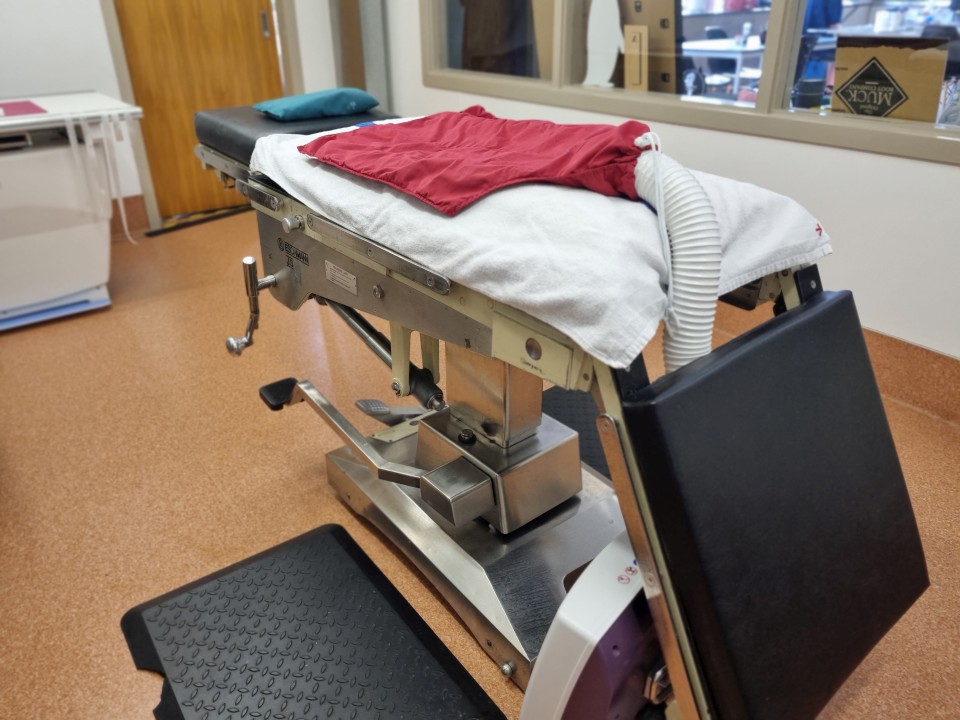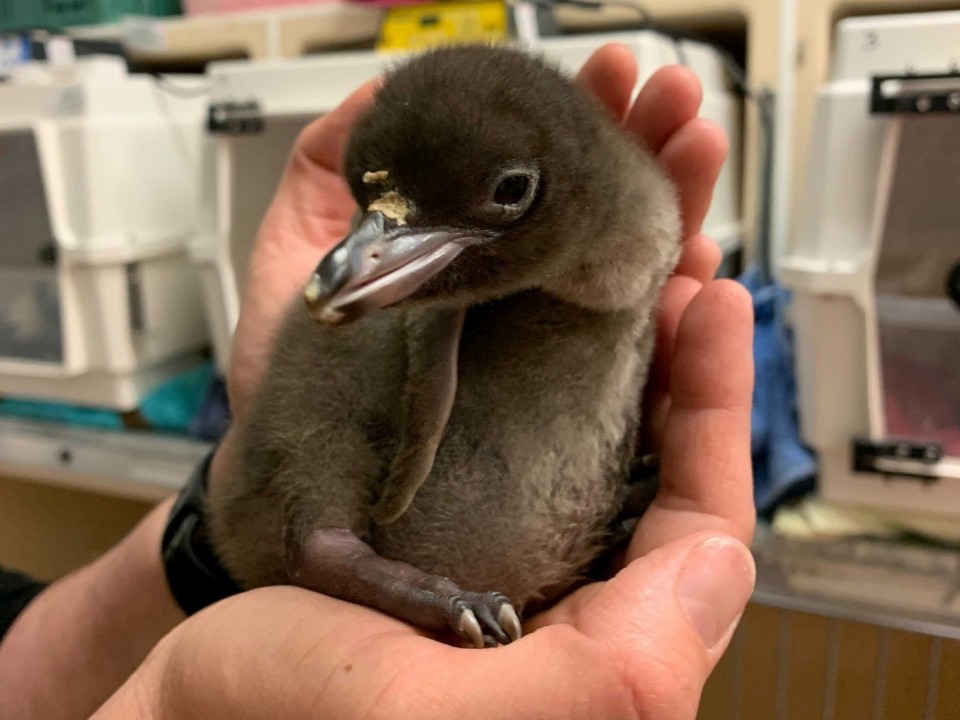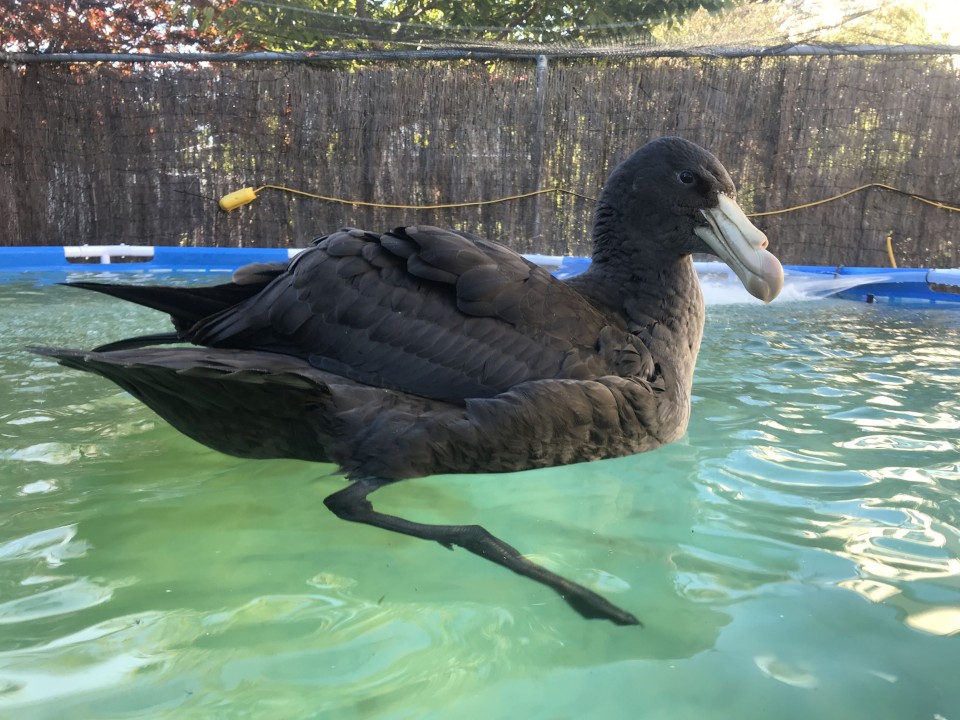You can contact LEARNZ, part of CORE Education, at:
Postal Address:
PO Box 13 678,
Christchurch 8141,
New Zealand

The Wildlife Hospital Dunedin is staffed year-round by three wildlife veterinarians, three wildlife vet nurses and one Trust Manager. They also have volunteers who help with various tasks such as cleaning and preparing food for patients.
The hospital has a surgical theatre just like you would see in a human hospital. The major difference is that the surgical table is quite a bit smaller.
The Wildlife Hospital has the same gear you would expect to see in a human hospital, including really good lighting and ventilation. There is a scrub bay attached to the theatre.
Surgeries or procedures in the theatre room have ranged from tiny 6g birds to 10g geckos right through to a 65kg fur seal.

Predator wounds are a common injury. For penguins this is often bites from barracouta. Animals with predator wounds are treated with:
Bumblefoot or pododermatitis is common in kakī black stilts from getting tiny cuts on their feet that then get infected. These are treated with:
Kererū are often brought in after hitting windows. Window strike victims are treated with:
A common disease for hoiho chicks is (avian) diphtheria stomatitis. These chicks are treated by:
The hospital also has a lab where specialised equipment is used to run a few tests, like checking for lead which causes lead poisoning. A microscope is used to look at blood cells from patients to check for things like avian malaria in hoiho.

The therapy pool is crucial. Sea birds in hospital need time on or in the water once they are well enough so they can sit on water and preen (clean) themselves. This spreads oil from a gland on their backs through their feathers to keep them waterproof, buoyant and insulated. The pool also allows the vet team to assess a bird’s waterproofness, how they are moving, and observe their natural behaviours. If birds are not well enough to go in the pool, vet staff will spray them with salt water a few times per day to help keep waterproofing up.
The hospital can have many different species at any one time and sometimes these animals all need different food so there can be a lot of food to prepare. Some examples include:
It costs around $650,000 for the hospital to run each year so fundraising is always needed and appreciated.
 Rehabilitation
RehabilitationPatients that cannot be released immediately back into the wild are taken to rehab centres. These include:
Complete the Treating and rehabilitating wildlife quiz >
> To find out more check out the Wildlife Hospital Dunedin website.